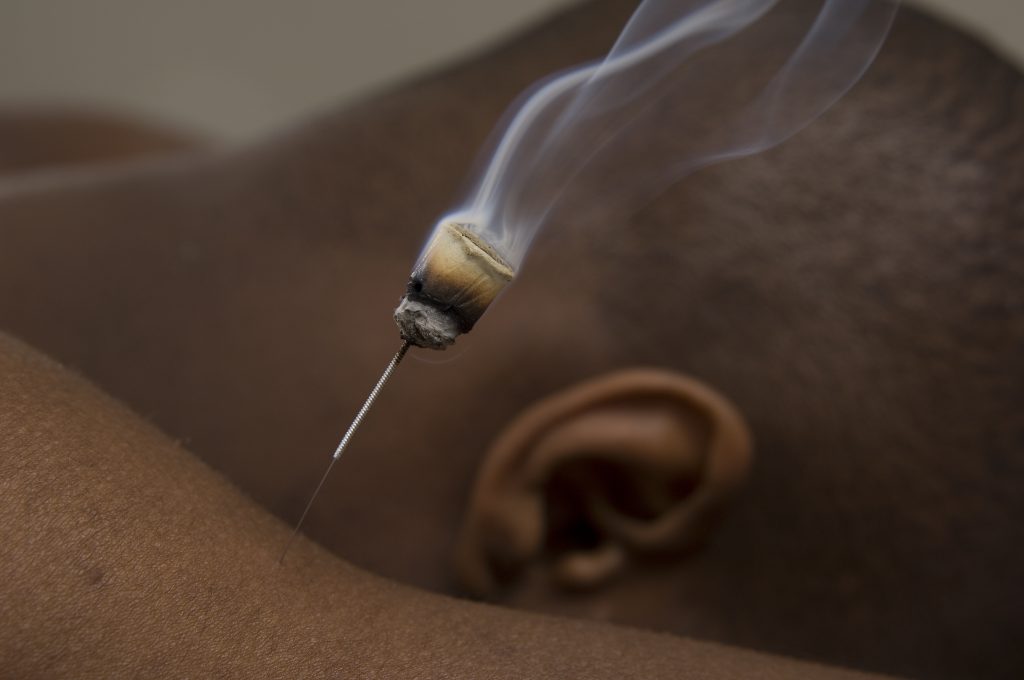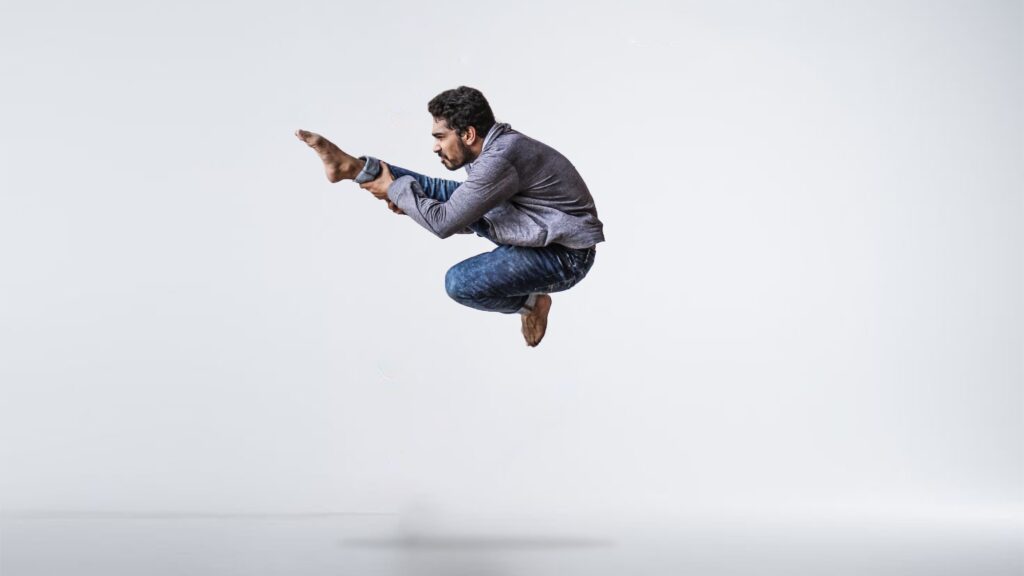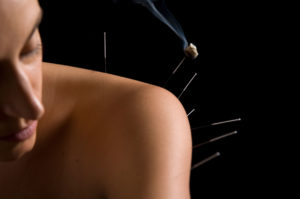
Over the past five decades acupuncture has spread worldwide, which has encouraged the further development of this ancient Chinese therapy.
Through studies from modern medical perspectives and research methodologies acceptance that it is a useful treatment has grown and grown.
This process has included the development of electro-acupuncture, auricular acupuncture for drug addiction and battlefield pain relief, acupuncture anesthesia used in dentistry as well as in some surgical procedures in China.
Acupuncture points are stimulated with fine needles to trigger a healing response in the patient. Specific points along the acupuncture channels are chosen according to traditional theory and anatomical findings to rebalance the flow of Qi in the channels and bring about healing.
One way of thinking about it is to see the acupuncture points as sending messages to the central nervous system, probably via the fascia, which stimulate or encourage an innate healing response.
There are mechanical effects observed through the connective tissue, neurological effects measured in the brain, and a cascade of chemical effects where changes in neurotransmitters and hormones have been measured.
However it is incredibly complicated so we still do not know everything about how it affects the physical body. we do know acupuncture stimulates healing and that people also report mental and even spiritual effects sometimes.
Acupuncture for Back Pain, Headache & Migraine
One of the areas acupuncture is best known for is in the treatment of painful conditions. Back pain, shoulder pain, neck pain, knee pain, hip pain, headache and migraine can all respond well to acupuncture and bodywork therapy.
In many cases they main problem is to do with muscle tension and the presence of trigger points. By releasing the tension we can rebalance the tension around a joint, restore good alignement and follow up with movement and exercise to stay in better balance.
Where the causes are different other approaches may be necessary, but this is by far the most common kind of thing we see in clinic. The causes can be sports injury, accident trauma, overtraining, postural problems with alignement or repetative strain injury (RSI)
Muscle Imbalances
For an example a common pattern in the lower body, a person may have tight muscles in the side of their leg, causing hip pain.
They could be relatively weaker on the inside thigh, meaning the knee doesn’t track properly causing associated knee pain.
By releasing the tightness and toning the weakness around the hip, the hip and knee pain can be managed. The knee joint can be rehabilitated, and normal activity resumed.

A commonly seen pattern of the upper body is one where the trapezius and levator scapula are very tight contributing to neck pain and shoulder pain.
This commonly occurs with relatively weak muscles between the shoulder blades and at the front of the neck. A so called upper crossed syndrome.
Where the neck muscles are very tight a person may also suffer from headaches or migraine caused by trigger points in the trapezius or suboccipital muscles. Again by loosening the tension and strengthening the weakness we can help restore your functional alignment.
Associated Techniques
Other therapeutic techniques available and commonly used alongside acupuncture in London include:

- Chinese Herbal Medicine
- Cupping
- Moxibustion
- Tui Na
- Gua Sha
- Chinese dietary therapy
- Electro-acupuncture
- Auricular acupuncture
Further information is available though the links below if you are interested.







